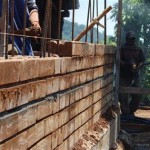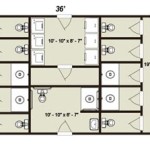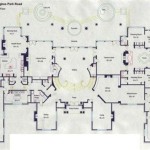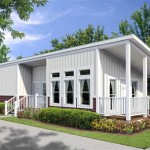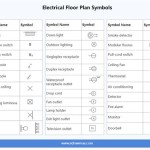Essential Aspects of Retreat Center Floor Plans
When designing a retreat center, the floor plan is one of the most important aspects to consider. It will determine the flow of traffic, the placement of amenities, and the overall atmosphere of the space. Here are some essential aspects to keep in mind when creating a floor plan for a retreat center:
Flow of Traffic
The flow of traffic in a retreat center should be smooth and efficient. Visitors should be able to easily find their way around the center and access all of the amenities they need. The floor plan should be designed to minimize congestion and create a sense of openness and flow.
Placement of Amenities
The placement of amenities in a retreat center is also important. The most important amenities, such as the reception area, dining room, and meditation room, should be located in central and easily accessible locations. Other amenities, such as the library, fitness center, and spa, can be placed in more secluded areas.
Atmosphere of the Space
The atmosphere of a retreat center should be conducive to relaxation and reflection. The floor plan should be designed to create a sense of peace and tranquility. This can be achieved through the use of natural light, calming colors, and comfortable furnishings.
Flexibility and Adaptability
Retreat centers are often used for a variety of purposes, so it is important to design a floor plan that is flexible and adaptable. The floor plan should be able to accommodate different types of events, such as workshops, retreats, and conferences. It should also be able to be reconfigured to meet the changing needs of the center.
Other Considerations
There are a number of other considerations to keep in mind when creating a floor plan for a retreat center. These include:
- The size of the center
- The type of retreat center
- The budget
- The needs of the target audience
By taking all of these factors into consideration, you can create a floor plan that will meet the needs of your retreat center and provide your guests with a positive and memorable experience.

Floor Plans

Retreat House Floorplans Scientific Diagram

The Mill Retreat Centre Floorplans

Retreat Floor Plan Recreation Series Ihc

Tally Retreat Center Floor Plans Camp Copass

Main Retreat House Floor Plan

Lake Wedowee Creek Retreat House Plan Plans Vacation Porch

Floor Plans

Vajrasana Buddhist Retreat Walters Cohen Architects Archdaily

Pin By Rautiki On Economic Commercial House Ideas Camp Retreat Center Hotel Floor Plan Lodges

